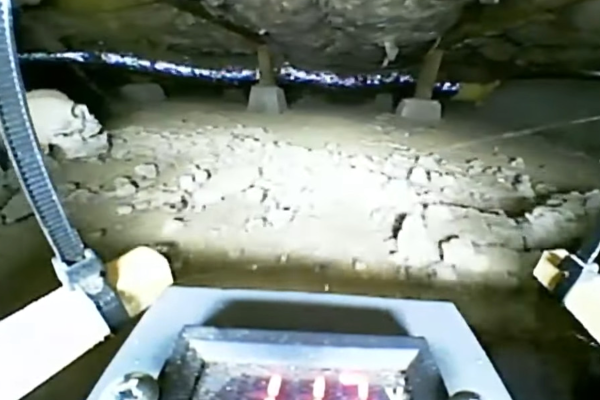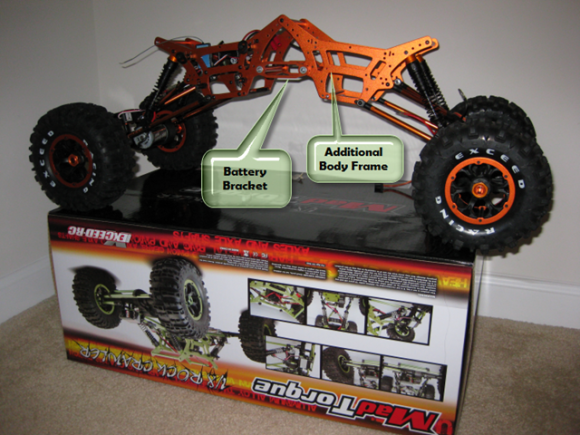This crawlspace crawler FPV robot is a fairly simple build. [Jeff G] bought a boxy chassis kit with frame, motors, and wheels, mounted lights and camera, and we get to see it in action (video, embedded below).
As always, the details are where it’s at, and his overview covers most of the high points. [Jeff] went for relatively slow 60 RPM motors so that he’d have plenty of grunt. The FPV setup is particularly simple – he bought a cheap Flysky i6 transmitter and receiver, and an Eachine TX05 all-in-one camera and transmitter. An interesting choice was a USB UVC video receiver so he can watch the footage on a computer, tablet, or a cell phone, which means he didn’t have to shell out for expensive FPV goggles. We also love the sticks-and-zip-ties used as feelers, letting him know when he’s about to get stuck, but that also serve as a visual frame for the camera.
The FPV Contest just came to an end, and we’ll be announcing the winners soon! If you find any inspiration there for your own project, [Jeff]’s simple basis here should get you started on the right track.















